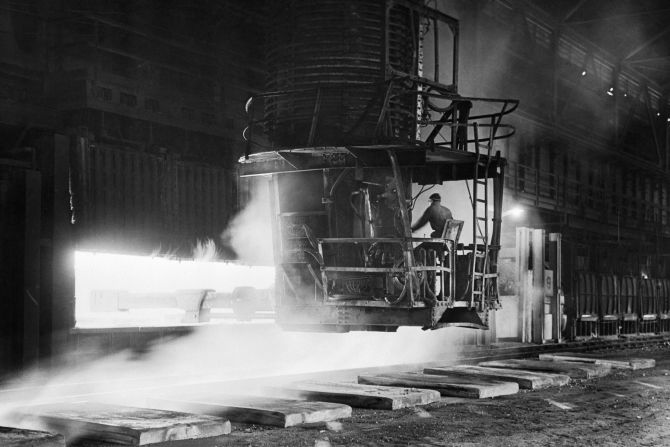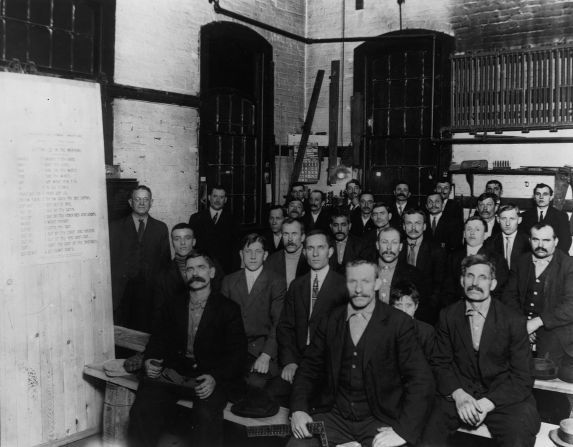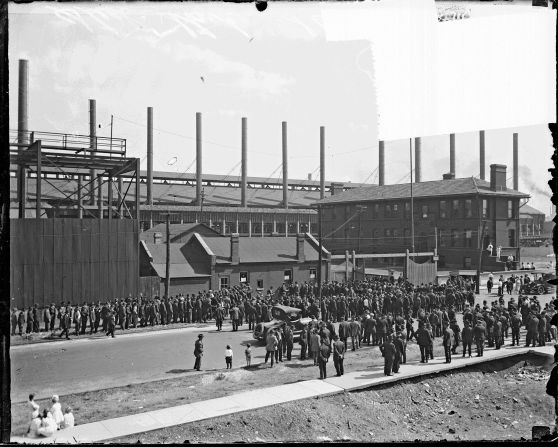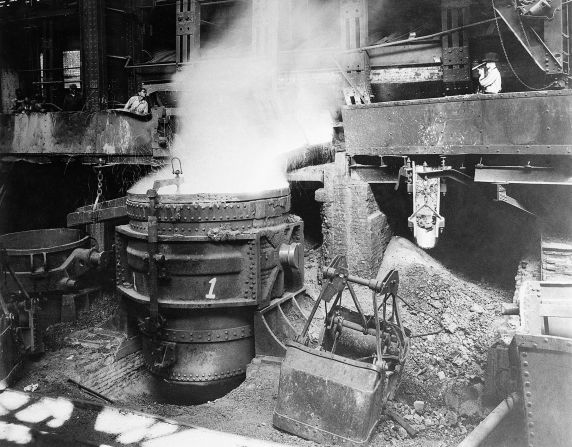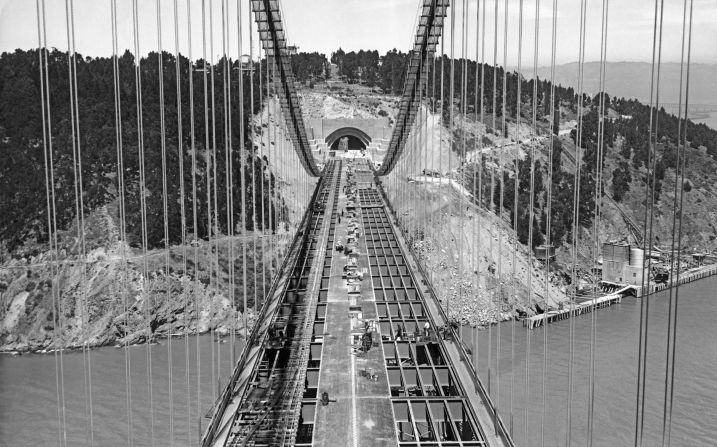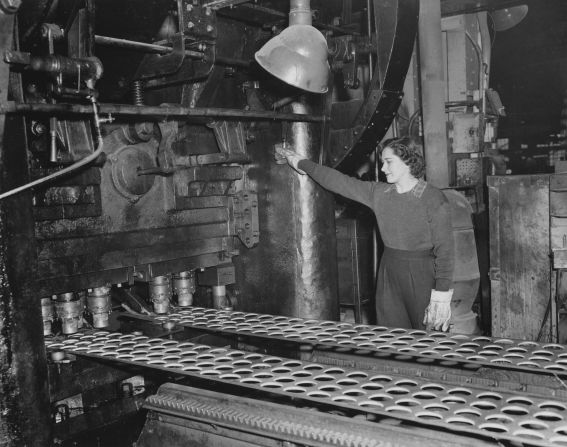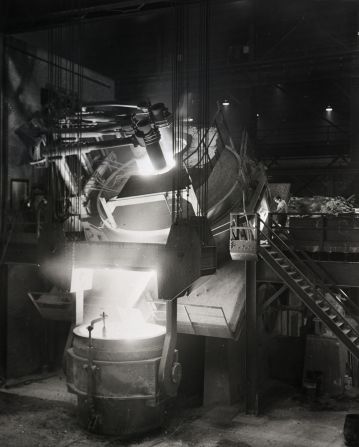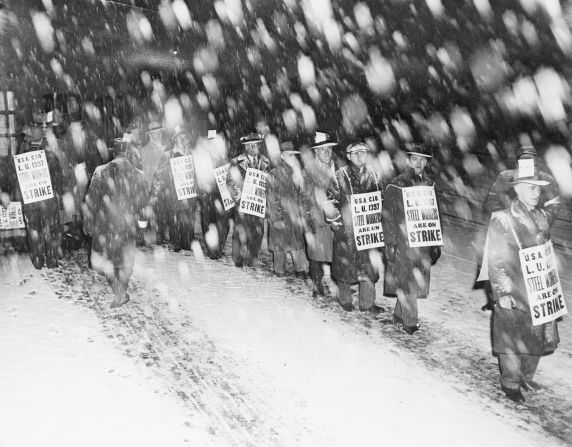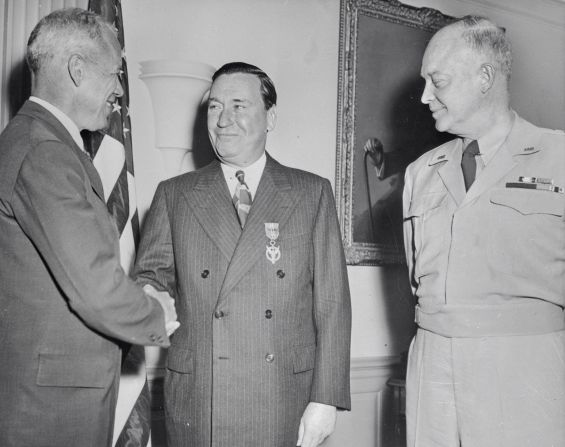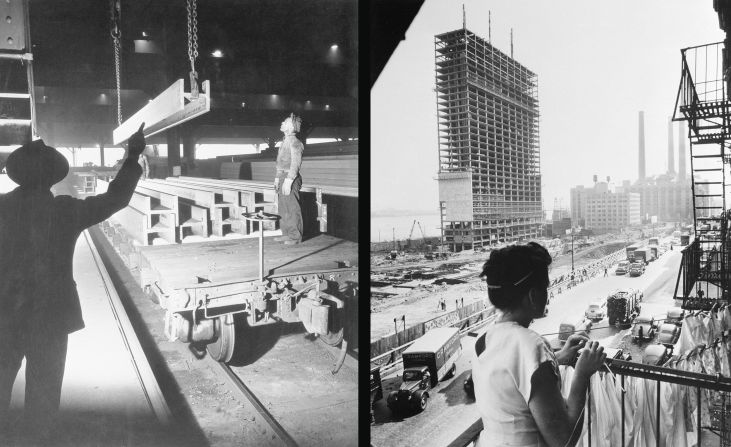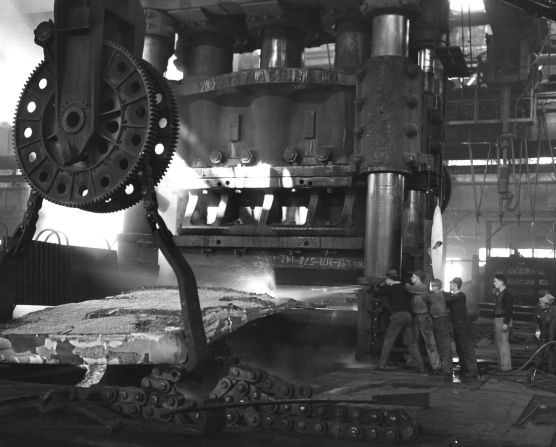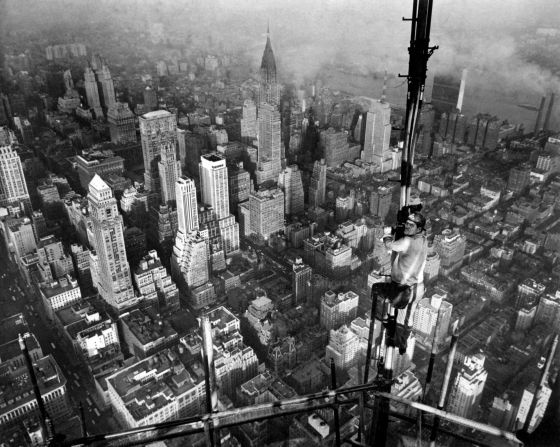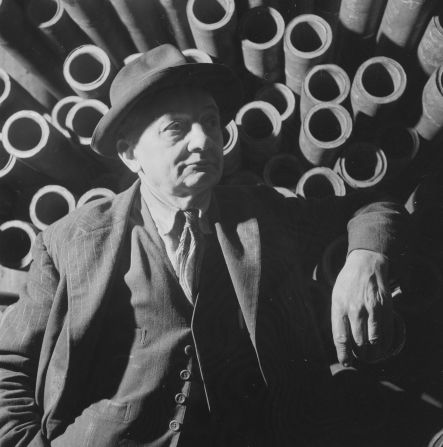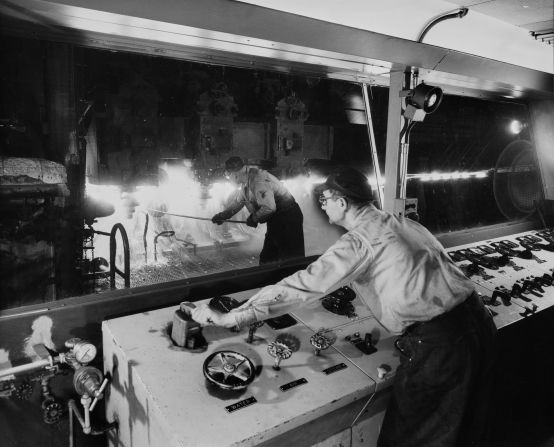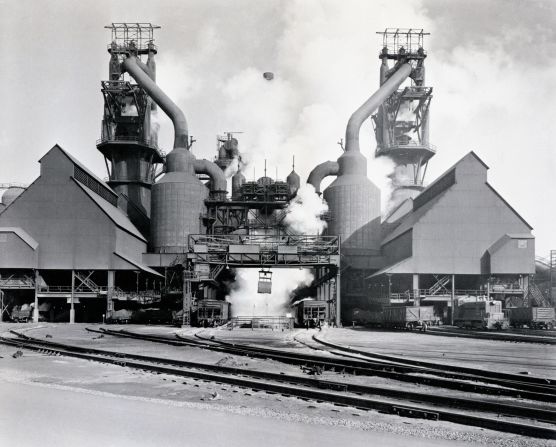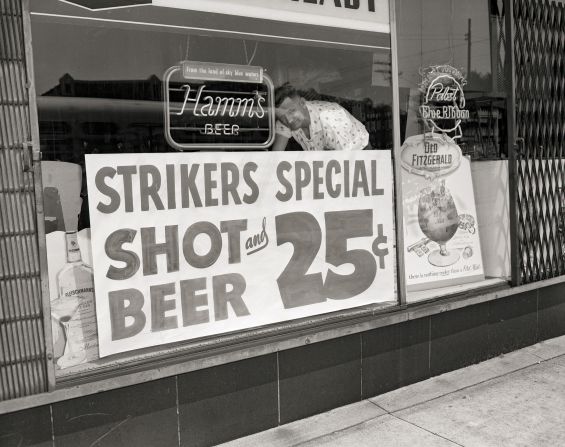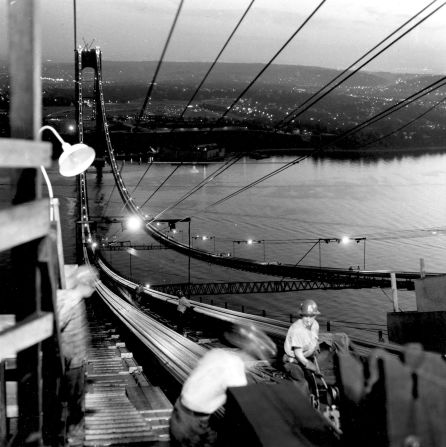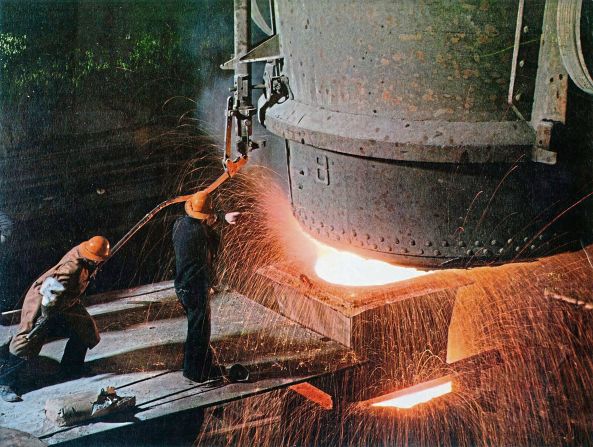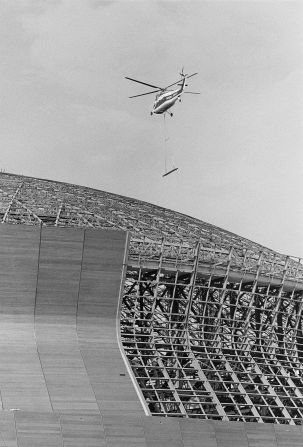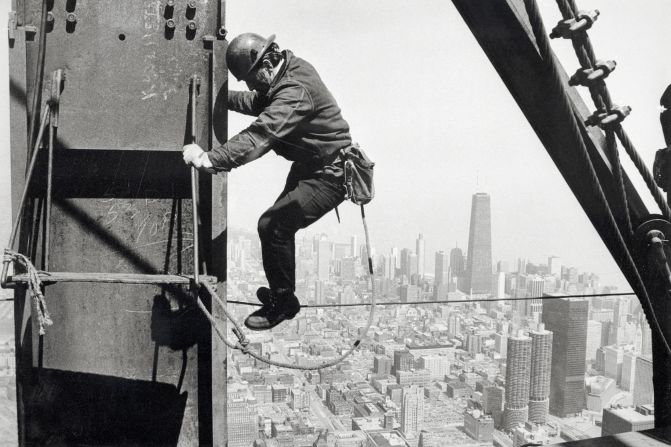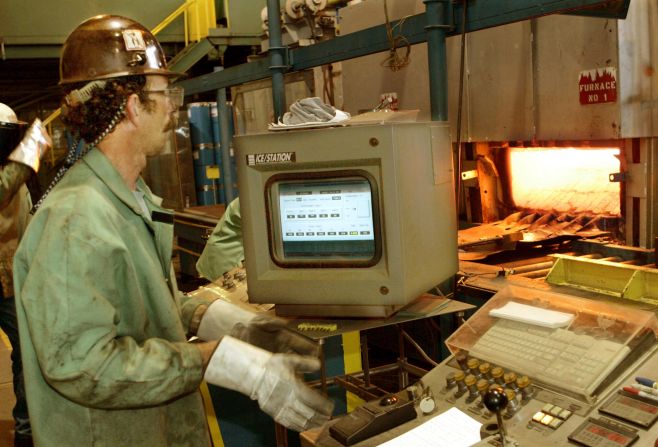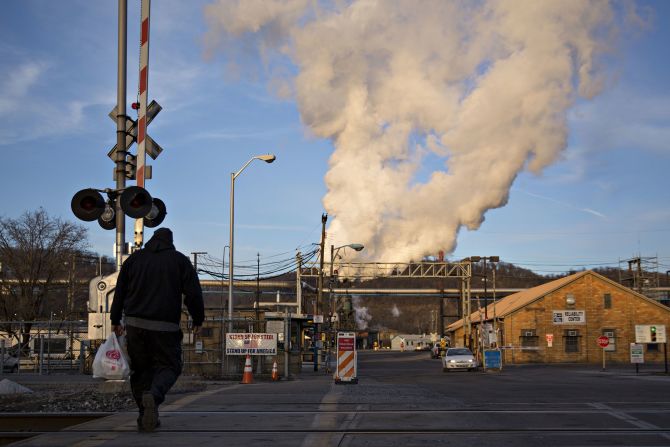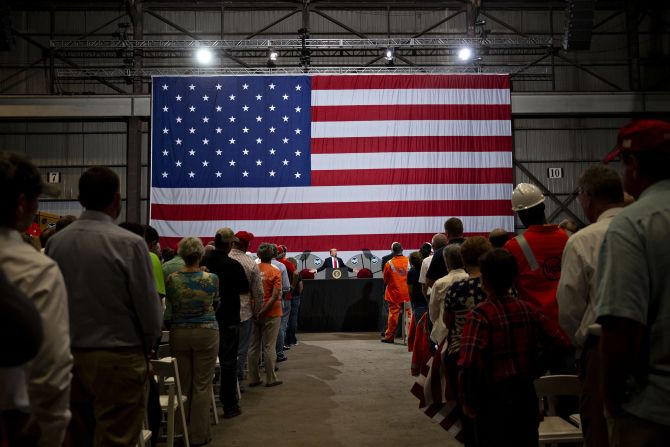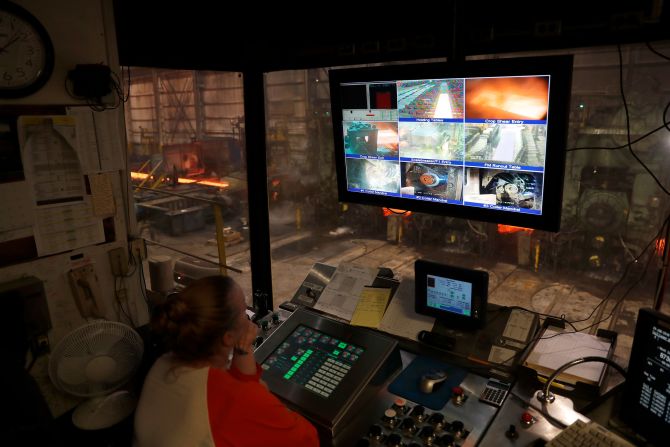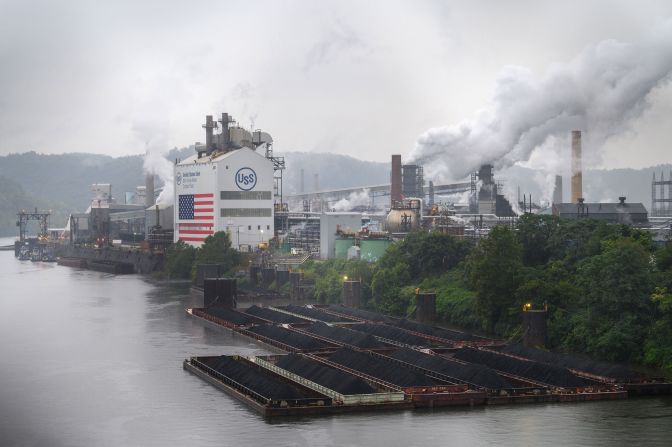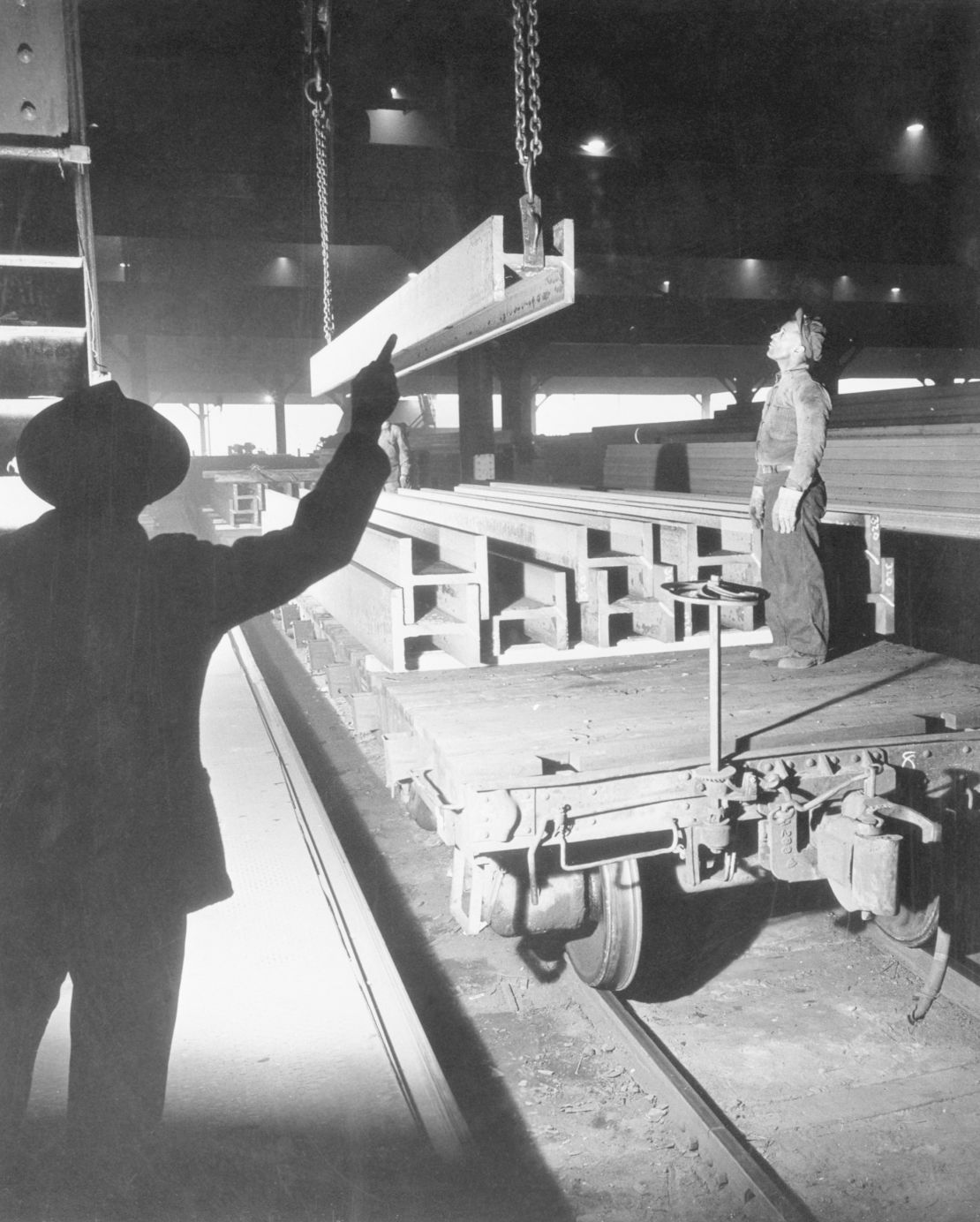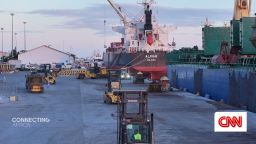The days may be numbered for an independent, American-owned, US Steel, a one-time backbone of the nation’s economy.
US Steel was once the most valuable company in the world. Monday, it agreed to be purchased for $14.1 billion, or $55 a share, by Nippon Steel, Japan’s largest steelmaker.
That $14.1 billion sale price, while a 40% premium from where US Steel’s stock closed Friday before the deal was announced, makes it a minor leaguer in today’s economy. The nation’s tech powerhouses - Apple, Google’s parent Alphabet, Amazon, Microsoft and Nvidia - trade at a valuation of more than $1 trillion each. US Steel, even at the sale price, is valued less than 0.5% of the value of Apple, and less than 2% of the value of Tesla.
Its revenue last year of $21 billion is roughly what Walmart brings in every two weeks. Or to put it another way, it’s just over half of the annual sales that Apple receives just from its wearable products, primarily its headphones.
US Steel’s possible end as an independent, publicly-traded, American-owned company underscores the shift in the nation’s economy away from manufacturing, to services, such as retail or media, or technology. It’s a change that continues to yield deep economic and political implications today.
In pictures: The history of US Steel
It’s a slide decades in the making. In 1991, after 90 years in the Dow Jones Industrial Average, US Steel was bounced out of that benchmark of the nation’s 30 most important companies. At the same time, Walt Disney and JPMorgan & Co., a Wall Street firm ironically named for US Steel’s founder, joined the index, a sign that the nation’s economy was now focused more on information and finance, not manufacturing.
Opposition to a foreign buyer
To try to soften the blow of the purchase by an overseas rival, Nippon Steel announced it would keep the US Steel name on its current operations and keep a headquarters in Pittsburgh.
Nippon said US Steel shareholders will vote on the deal in March and the transaction would close in the second or third quarter of next year if it clears regulatory hurdles. US Steel’s longstanding stock symbol, X, would disappear from the New York Stock Exchange, as its assets would be taken over by Nippon.
Nippon Steel “has a deep respect for US steel, its history, and the contributions it has made to society,” said Takahiro Mori, Nippon executive vice president, during a conference call with investors Monday.
Still the United Steelworkers union said it will fight the deal and it is urging that regulators block the sale of US Steel to a foreign rival.
“To say we’re disappointed in the announced deal between US Steel and Nippon is an understatement, as it demonstrates the same greedy, shortsighted attitude that has guided U.S. Steel for far too long,” said United Steelworkers union President David McCall. “We remained open throughout this process to working with U.S. Steel to keep this iconic American company domestically owned and operated, but instead it chose to push aside the concerns of its dedicated workforce and sell to a foreign-owned company.
Political opposition was also quick to surface on both sides of the aisle.
“Today, a critical piece of America’s defense industrial base was auctioned off to foreigners for cash,” US Sen. J.D. Vance said in a statement. “I warned of this outcome months ago and will oppose it in the months ahead.”
The Ohio Republican previously urged US Steel to reject any takeover bid from a foreign entity due to the crucial role the domestic steel industry plays in producing military defense equipment.
Pennsylvania Democrat Sen. John Fetterman – who lives in and was previously mayor of Braddock, PA, where one of US Steel’s first steel plants still operates – slammed the deal and promised to work to block the transaction.
“It’s absolutely outrageous that US Steel has agreed to sell themselves to a foreign company,” Fetterman said in a statement. “Steel is always about security – both our national security and the economic security of our steel communities. I am committed to doing anything I can do, using my platform and my position, to block this foreign sale.”
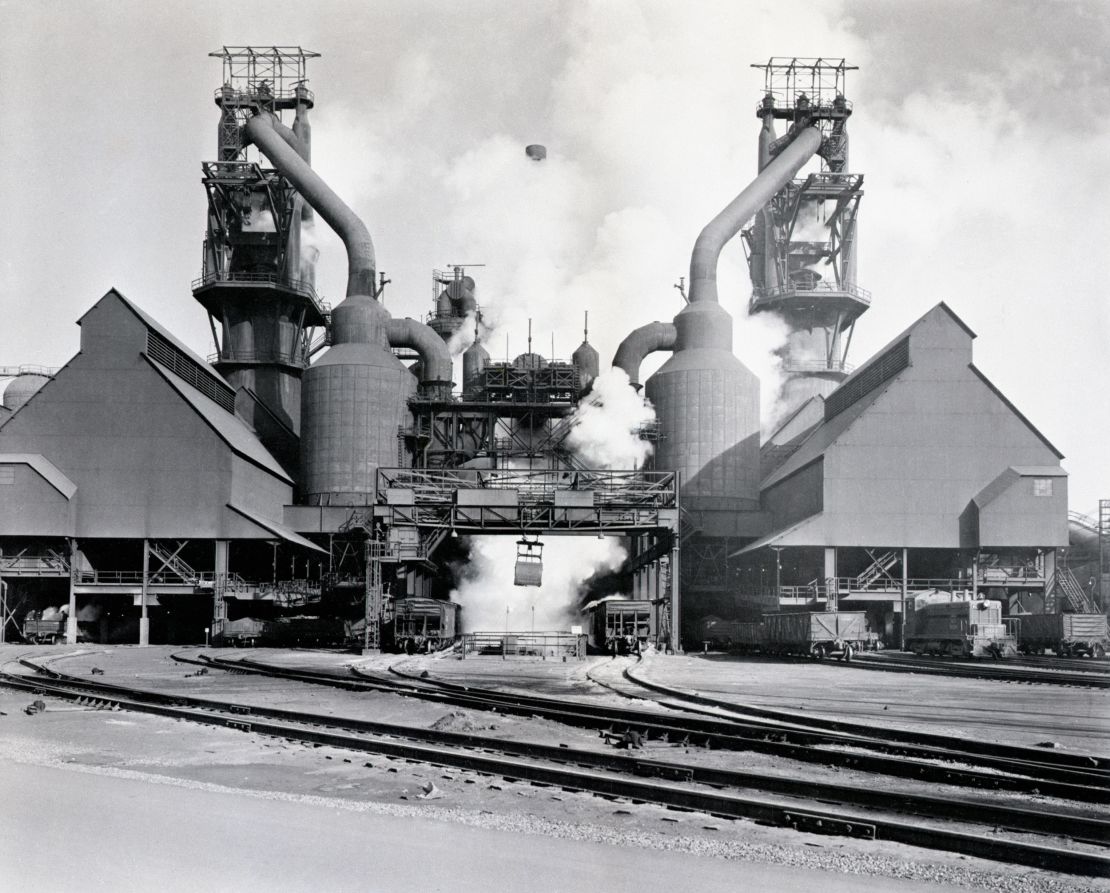
The Pennsylvania Democrat called the deal another example of “hard-working Americans being blindsided by greedy corporations willing to sell out their communities to serve their shareholders.”
Cleveland Cliffs
“It’s important to keep our production inside the United States,” Goncalves said. “We can’t allow for foreign ownership. We can’t allow for foreign companies to come over and liquidate American jobs.”
Goncalves said countries such as China and Japan would not allow rival countries to buy their important steel makers. And Goncalves said Nippon should have talked to the union the way Cleveland-Cliffs did during merger talks and that his company remains interested in acquiring US Steel. “This thing is far from over.”
Company officials told investors Monday they are confident they can win approval for the deal. But besides getting the anti-trust clearance for any merger – by either a foreign or domestic buyer – it would need for the deal to close, this deal will also need the approval of the Treasury Department’s Committee on Foreign Investment in the United States.
But despite the political opposition, US Steel could be yet another iconic company for which time has run out. And the company’s possible fate serves as a cautionary tale to the current global titans about how quickly the world can change.
Quieting a giant?
The Pittsburgh-based company formed in 1901 as a merger of the nation’s leading steel companies — including Carnegie Steel Corp. — and was engineered by financiers J.P. Morgan and Charles Schwab. The new company became the world’s first company valued at more than $1 billion, double the entire US budget that year. The deal made company owner Andrew Carnegie the richest man in the world.
In the early part of the last century, the company produced the steel that helped the United States become a global economic superpower, providing steel not just for skyscrapers, bridges and dams, but also for autos, appliances and other products craved by American consumers.
US Steel was so dominant, in fact, that its competitive prowess helped lead to the creation of the nation’s antitrust laws, formed in an attempt to keep the company’s strategic and financial might, and that of the Standard Oil, in check.
But, in recent years, US Steel’s fallen far below other American steel companies in steel output and stock market value. And the US steel industry is a shell of its former self, with no company among the 10 largest steel producers around the globe.
“That company peaked out in 1916,” said longtime steel industry analyst Charles Bradford, during an August interview with CNN. “It’s been downhill ever since. Peak output was in the 1970s. It’s done nothing for decades.”
While US Steel (X) remains profitable, its days as an independent company could be limited unless the deal is blocked by regulators. Even if that happens, it would likely be purchased by another steelmaking rival. It has been the subject of a bidding war since August.
Engine of the US industrial economy
Throughout the 19th and 20th centuries, workers flocked to Pittsburgh and other Rust Belt cities for well-paying factory jobs. Blast furnaces cranked out profits, steel coils and thick smog.
According to a story in the Pittsburgh Post-Gazette on US Steel’s 100th anniversary in 2001, the company’s peak employment of 340,000 came in 1943, during World War II, when it played a critical role in allied forces’ war efforts.

The same article said peak steel output came in 1953, when the company produced 35.8 million tons of steel while steelmakers in Europe and Japan were still struggling to recover from the war.
Last year, US Steel shipped only 11.2 million tons of steel from its US operations and had just under 15,000 US employees.
From its peak, the company began to fall behind upstart competitors, both foreign and domestic. First, it fell behind competitors in Japan and Germany, which were forced to rebuild from scratch after World War II, and used new technologies that required far less labor and energy.
Competing with outdated technology
“What US Steel had was 1940s technology,” Bradford said.
US Steel and other steelmakers eventually followed those foreign competitors to upgrade factories and equipment, but they still largely used the older methods to make steel by melting raw materials such as iron ore in giant blast furnaces.
Those “integrated” steelmakers soon lagged so-called “mini-mills,” non-union competitors that use electric arc furnaces to turn old steel scrap from discarded cars and other products into new steel products using more efficient electric arc furnaces.
One pioneer of this mini-mill technology, Charlotte-based Nucor, has a market capitalization of $43 billion, compared to US Steel’s value of just over $14 billion in this deal. Nucor is also the largest steelmaker in America by output, making an estimated 20.6 million metric tons of steel per year, ranking 16th largest in the world. That compares to 14.49 million metric tons from US Steel in total, including its operations in Europe, which ranks 27th in the world for 2022, according to the World Steel Association.
US Steel didn’t open its first electric arc furnace until 2020.
Bradford said all along the way, US Steel and other US integrated steelmaking rivals with storied names such as Bethlehem Steel, Inland Steel and LTV Steel underestimated the competitive challenge that they faced from overseas and mini-mills at home.
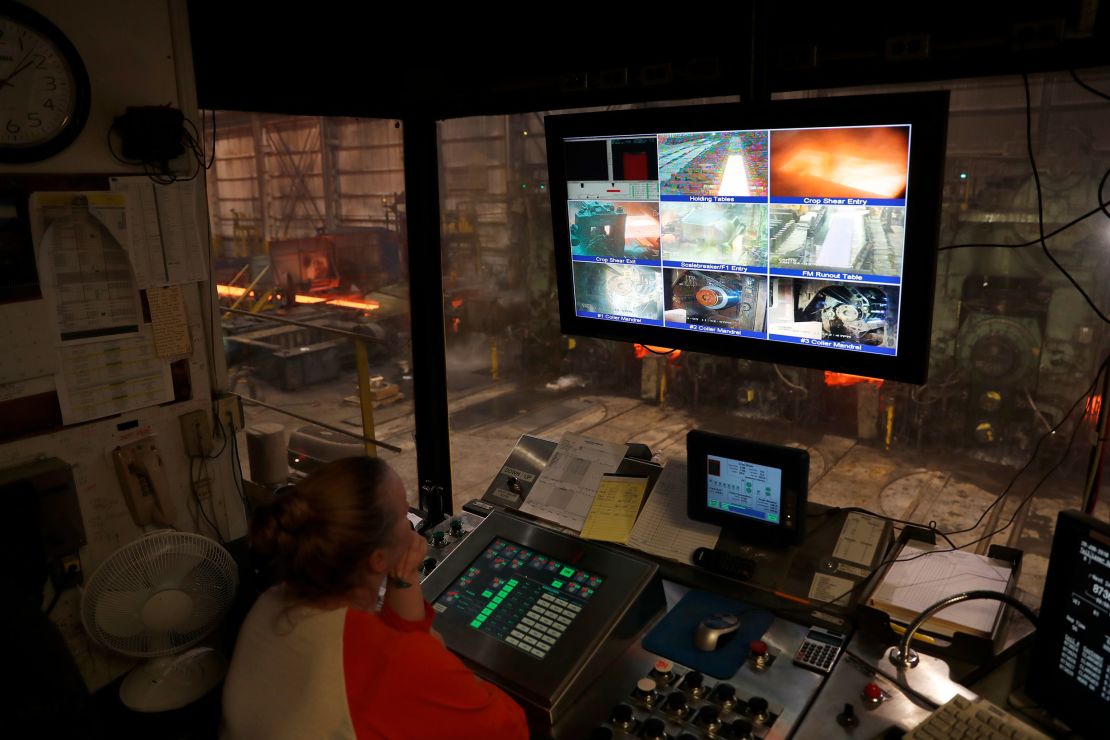
In more recent years, steelmakers from China, India and Korea have expanded capacity far beyond US Steel.
The decline in American manufacturing jobs is now an issue in the 2024 presidential election, with President Joe Biden calling for a revival of those jobs.
Nevertheless, in a sign of the times, the nature of the jobs Biden is trying to bring back is often quite different than the jobs of the last century – such as his efforts to ramp up manufacturing of chips for AI and other high-tech applications, as well as EV autos and batteries.
Bethlehem, Inland and LTV went bankrupt in the last 30 years and saw assets closed or sold to other companies. Today, what’s left of those companies’ assets are part of Cleveland-Cliffs, an integrated steelmaker that has also passed US Steel in capacity and output. it made its own bid for US Steel in August, but its offer was 40% below what Nippon Steel is now offering.
But perhaps more than ever, it appears that one of the iconic companies of US corporate and economic history could soon disappear as an independent, American-owned institution.
CNN’s Matt Egan and Paul Glader contributed reporting to this story.


